|
with Kim Rodgers Things are shaping up...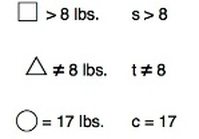 For the last two weeks we have been using an image of a scale to talk about balancing equations. We’ve had different combinations of weights, represented by shapes, on each end of the scale. Our goal is to make each set of the weights equal to the other side of the scale. This week, for example, we had a square and triangle on one side, with a circle on the other. The constraints were as follows: They talked with their partner about what they knew from the information given. Often kids jump right into solving the problem without stopping to see what they already know. A few kids skipped this step and found out that they could have saved themselves some work if they had taken a moment to acknowledge the constraints on each shape first. They then discussed what they needed to do to balance the scale, which was to find possible values for the square and triangle so that s + t = 17. Another scale had four triangles (t) on one side with one hexagon (h) on the other. They came up with at least five possible weight values to make the scale balance. Some included fractions, even a challenge of a five digit decimal that one student completed! After sharing their favorite combinations, we came up with a rule to explain all possibilities: 4t = h. We finished with a scale that had a rectangle and two squares on one side, with a trapezoid on the other. The only constraint given was that the rectangle = 3 lbs. Before finding values for the shapes, the students came up with algebraic expressions to represent this scale, such as: 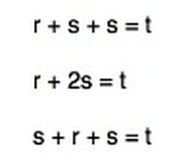 Next week, we’ll follow up with possible values and what we can know about this equation from the information given. Supply Request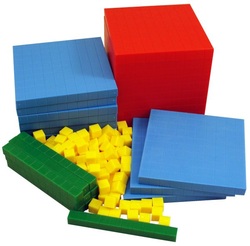 In the coming weeks, we will be using base ten blocks to help us visualize the distributive property over addition and subtraction, represented as: a(b+c) = (ab) + (ac), and a(b-c) = (ab) - (ac) Each pair of students will need 35 ones (or units), 15 tens, and 1 hundred. If you have a set you could donate to the class, please put these pieces in a ziplock bag with your child’s name on it. Please e-mail me at chadandkimrodgers@gmail.com to let me know. I will be making sets from card stock to fill in if we don’t have 5-6 sets for the class. Also, I’m including a photo of our Algebra Tool Kit up to this point. Please make sure your child has his/her kit up to date. Some students were absent when we began creating it, and some students can’t seem to find theirs. We will be adding to the kit throughout the rest of the class so that it can be something they look back on to find strategies to use when attacking math problems. with Michelle Cameron Revision #2Today was all about revision and writing. This was our second of three revision cycles during the course of this session. The students had no difficulties working on one another’s pieces – and everyone said that they agreed with the comments and corrections they received. As part of the revision process, I asked the kids to find a corner and read aloud (softly) to find errors their voice is better at finding than their eyes and brain. Here’s where they all found themselves: New PromptToday’s prompt was part of a first sentence;
“The text message filled him/her with _______________” They got to pick whether their characters were male or female and made the following suggestions to fill in the emotion at the end of the sentence:
In the end, everyone picked a different emotion – and the stories were widely different as well. The emotions they selected were:
For homework, they should either complete the stories they started in class – we had a discussion about which stories were complete and which were not – or work on something already in progress. Foundations of Philosophy (Ages 9-11)with Sally Zeiner 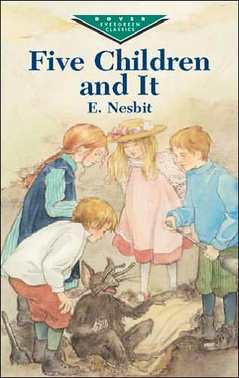 This week in class we began by using a story map to organize the details of our reading from Five Children and It, Wings. Once we were sure that we had all agreed on the basics of the story, we launched into a very challenging discussion on ways of knowing. In our discussion of who we are, and whether we exist, we learned about Rene Descartes proof, “I think therefore I am.” He said that because we can think about existence, we know we exist. He started by looking for things that he knew for certain. If something can be doubted, we do not know it for certain. Take a moment to think about the following questions:
Question 1: Ways of Knowing Descartes, and many philosophers since, have considered thinking to be the foundation of the way we know. Are there other ways that we know? The five children start to fly, and the author says, “Of course you all know what flying feels like, because everyone has dreamed about flying, and it seems so beautifully easy – only you can never remember how you did it; and as a rule you have to do it without wings, in your dreams, which is more clever and uncommon, but not so easy to remember the rule for.” Do we all know what flying feels like? Can we know things because we have dreamed about them? What other ways do we know things? After our discussion, we filled out a table with a variety of ways of knowing. I hope you will continue the discussion at home! This week we will continue Five Children and It, discussing the ethical issues raised in Wings and Bigger than the Baker's Boy. The children should be reading Bigger than the Baker's Boy, as indicated on the syllabus. Philosophy for Children (ages 12-14)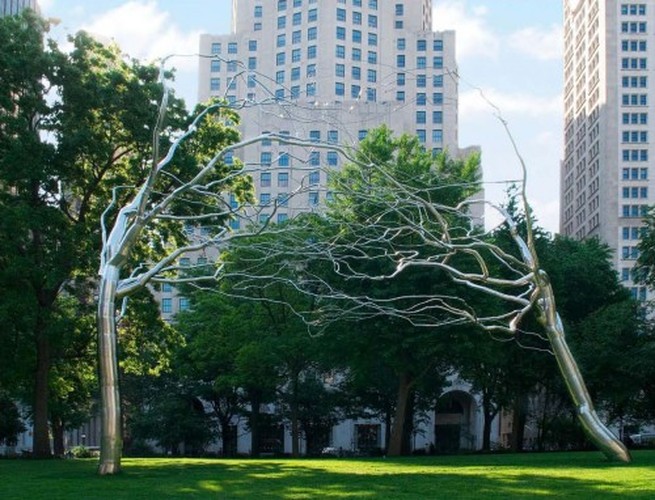 American artist Roxy Paine's stainless steel trees in Madison Square Park, New York City American artist Roxy Paine's stainless steel trees in Madison Square Park, New York City with Rich Piscopo On Monday, we discussed the amazing skill of talking. Though we may take it for granted, when one stops to think of it, the act of speaking is a highly complex skill. How does a child learn to do it correctly? There is so much room for misinterpretation and error. We also discussed the many varied ways one may express one's thoughts and feelings (one's self), besides through speech. One can express oneself through the means of writing, painting, sculpting, dancing, music, sports, fashion, and so many as of yet undiscovered ways! We realized that the same idea or feeling may be expressed in many different modalities. This realization heightened our consciousness of art in general. With our heightened perception, we can now ask ourselves what the artist was thinking or feeling when they created a work of art. What mood where they in? Where were they psychologically when the creative moment struck? Where were they physically? What is the artist trying to convey? A student said that when he sees a work of art, he asks himself what season of the year the artist was trying to represent. Yes! See deep. Look behind the surface of things. This line of dialogue led another to say, "Did you ever wonder if you are in the background of someone else's picture?" To which a student replied, "Or in the back of someone else's mind?" (I love when this interplay of ideas occurs! Each building on the other's comment.) Now the discussion turns to points of view, and the value of seeing the world from another's point of view. We then universalized this practice. What would the world be like if everyone practiced this skill? Would there be conflicts? Wars? This rare skill is certainly worth the time and effort it takes to develop. Studying philosophy is an excellent means with which to develop this skill! And the journey continues... with Michelle Cameron Writing with the Senses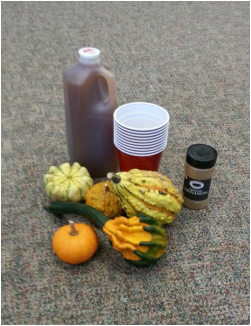 Today was all about the senses. We switched up our typical order and started out with a series of writing exercises that isolated each sense, using them in combination at the end for a final piece. For touch, we used gourds. The kids found them to be weird, bumpy, lumpy, cold – and more. For smell, we used cinnamon. I talked about the “deodorization of American literature” and how smell is underused in writing today – particularly because it has been proven to be a conduit to memory. After smelling the cinnamon (with their eyes closed), most of the kids did emerge with one – some even two – memories that they wrote about. For taste, we used cider. We talked about Harry Potter’s Christmas Feasts and how great writers can make you long for food when they write evocatively enough. We got pretty hungry after some of the descriptions. Finally, we used sound as our final sense. I played an Autumn nature piece that you can hear on Youtube. As it played, the kids created pieces inspired by what they heard – and I asked them not just to use sound, but to layer on some other senses as well. The resulting pieces were quite beautiful. As a result of the extended writing time, we only got to read one piece today . That’s okay, first because I took everyone else’s piece home with me to review, and second, because next week is our second revision piece. HomeworkSo, for homework, everyone should thoroughly work on a piece that they’d like to bring in for revision. I’ve asked the kids to make sure they have incorporated senses in these pieces – if they weren’t there before, they need to rework their writing to include it.
As a reminder, here is what everyone needs to bring for our second revision workshop: Bring in three copies of your work:
Make sure that your work adheres to these formatting requirements:
I’m looking forward to what they chose to work on and hope they’re all starting to consider what piece they’d like to include in the online journal that we’ll be publishing at the end of the session! with Leigh Ann Yoder Searching and Sorting!  Today we quickly recapped our Searching Algorithm lesson from last week which demonstrated Linear Searching. Next, we played two more Battleship games illustrating new algorithms. The first was a Binary Search, similar to one of the fairy tales read for homework. The students easily identified that this method is always better than a linear search, but requires the data to be sorted first. The last Battleship game illustrated Hashing. Quickly, students discovered hashing can be much more efficient than a binary search, yet they also recognized that there could be instances when hashing is no better than a linear search. We briefly discussed Hash Tags (#), and everyone should now have a basic understanding. Using the example of a grocery store check out, we discussed the various searching algorithms. It became clear to the students why an efficient search is necessary. No one wants to stand at the checkout line waiting 10 seconds for each item to scan. It is not necessary for students to memorize these different algorithms. I want them to have familiarity and to understand that computer scientists have a variety of algorithms to choose from, and often they will use a combination of algorithms based on the application. After identifying that searching methods are much more efficient if the data is first sorted in some order, we moved on to our next topic: Sorting Algorithms. First, we discussed the many applications that require organized data and how we use it every day. Students gave examples such as their music being organized, emails, documents, and phone numbers. We used eight film canisters filled with different amounts of salt and a simple balance to sort the canisters from lightest to heaviest to explore sorting algorithms. The students worked in pairs, acting as the computer. Working in an organized manner, we used the Selection Sort Algorithm and the Quicksort Algorithm. Of course, they easily identified the Quicksort as more efficient. Using human volunteers, we also did class demonstrations of Insertion Sort and Bubble Sort. I explained to the class that there are other sorting algorithms available to computer scientists, and often combinations can be used for different data sets. Again, memorization is not expected, just familiarity. with Angela Harris Mosaic Texas - Creative Writing ClassWe thought everyone might like to know what we've been up to in Texas this fall! We have a great group of writers participating in National Novel Writing Month (aka NaNoWriMo). Mosaic New Jersey students will remember their novel writing adventures from 2011 -- please join me in cheering on the Texas students as they face this amazing challenge all November-long! September We kicked off our first class on September 9th by defining what makes a novel and filled out our "What Makes a Novel a Novel" worksheet in preparation for our in-class "book talks." We discussed the meaning of conflict within the context of a novel, perspective, and point of view (first person vs. third person). We discussed what a workshop partner is and how to provide constructive critique. Remember the "feedback sandwich"? (Compliment/Suggestion for Improvement/Compliment) and we started working on our characters for our novel. At our second class, we wrapped up our discussion of what makes a character interesting and what clues authors use to let us know which characters are the protagonist, antagonist, and supporting character(s). We want to remember these "tricks" authors use to portray them and keep them in mind as we write our own novels. We wrapped up our day by describing the first three elements of plot: set-up, inciting incident and rising action. We discussed that a good plot is a lot like a good roller coaster and read through a sample story that gave us good examples of these first three elements. I've really enjoyed getting to know all the children. On our first day together, I had them write down their answers to the question, "What does it mean to be creative?" We shared some of our answers, among which were some great insights such as, "...to be creative is to have a great imagination and energy released in any form of art." and, "...being creative means thinking outside the box, or something out of the ordinary." October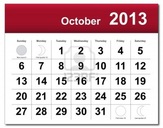 By October, we started to get to know one another a little better and are now feeling more comfortable sharing our writing and creative processes. We finished discussing our "plot outlines" and then moved on to "Setting and Mood" which proved a little tricky in the end, but also prompted a lot of great discussion and examples of moods that we might convey through our novels. The difficulty comes in communicating these moods through a description of a setting. By our last October class I could really sense the excitement and confidence building! We practiced using setting to re-inforce characters. Everyone selected a character or characters to describe using setting details, and I think did a wonderful job overall! We talked about things we did right and things we could have done a little differently to make our writing more effective. We then moved on to define dialogue and talked about what makes dialogue interesting vs. boring. The kids stretched their acting muscles and enjoyed reading a few scenes which demonstrated the three functions of dialogue. Lastly, everyone set their word count goals, signed their writing contracts, and we filled out our in-class poster which will keep track of our progress in November. Monday, November 4
with Sally Zeiner I think, therefore I am? 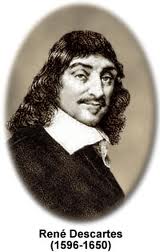 "Cogito ergo sum" concluded Rene Descartes. I think, therefore I am. Last week, the students in the Foundations of Philosophy class continued to work on refining and articulating their position on the core of personal identity. They wrote down their ideas in class, and those who felt comfortable read them aloud. For the past two weeks we have been discussing the core ingredients of personal identity. Can you lose your body like the Tin Woodman or the children in Five Children and It? If you lose your memory, will you still be the same person? What about your feelings? What about your family? Which of these things can you lose without becoming a different person altogether? The children have worked hard to establish their criteria for identity. I have been amazed by the insight revealed during our classroom discussions. They did a fantastic job explaining their thoughts on this challenging issue. Here are some of their conclusions: Musings...I think that you need everything: Thoughts, Feelings, Body, Relationships and Memories to be yourself. You need those because if you didn't have them you would change and you wouldn't be the same person. Your body would change and you wouldn't have relationships and memories with your family. You would be different just because you lost those few things. To be yourself you need to have them. Egyptian Pharaohs and Society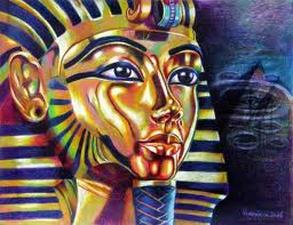 This week we learned about the king of ancient Egyptian society - the Pharaoh. He (or she) was thought to be a living god and the earthly representation of the all powerful sun god, Amun-Ra. Pharaoh was god, judge, and lawmaker and by far the wealthiest citizen. We discussed the organization of society in ancient Egypt, which was like a pyramid of power - pharaohs at the top followed by pharaoh's family, assistants, priests, and tax collectors, then scribes. Skilled workers came just above farmers and peasants who made up the wide base. All were expected to provide a portion of their labor and crops to Pharaoh. There was very little movement between layers and most people remained in the category of their birth family. We spent a few minutes questioning whether that structure was "fair" and how it differs from our own way of life. I love the insights and observations children this age make about such big questions! Ask them to share these with you at home. Students also colored templates of Pharaoh headdresses and headbands which they will complete next week and bring home. Weigh Your Heart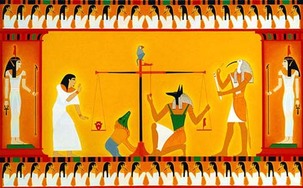 In preparation for our upcoming units on pyramids and mummies, we learned about ancient Egyptian rituals at death. To achieve everlasting life the Egyptians believed people had to have 'kind hearts'. The god Osiris and his daugther Maat would meet you at the gate of the underworld to weigh your heart on a scale. If it was lighter than Maat's Feather of Truth, you would gain eternal life. Books of instruction were created to help people learn to become wise and good. I read the students a sample of one of these ancient rules of kindness and then asked each of them to think of a good rule to follow for keeping their hearts "as light as a feather". We heard some wonderful ideas about helping others, and this also provided an opportunity for students to practice forming letters, spelling words, and writing complete thoughts. We will continue to work on small writing assignments throughout our studies, with each student working at their own level. Students have also been doing copywork at the beginning of class. This week they wrote words from our Word Wall and figured out the number of syllables in each word. You might find them clapping out syllables at home - they really enjoy that activity! Egyptian Fun and GamesThe children in Ancient Egypt loved to play games, just like we do. In our afternoon class this week we learned about some of the different things those children long ago did for fun, and then we made our own Senet boards, and played Senet together. The children of Ancient Egypt made many of their own toys. Next week, the children can choose to bring a toy that they have made themselves to share with the rest of us. We will also be learning about the sledge, a simple machine that was used to help build pyramids, so please send in more empty toilet paper rolls. They will be very useful!
We continue to enjoy working with math materials in class as well. Adding numbers in the thousands is a favorite past time! |
Categories
All
Archives
May 2016
|

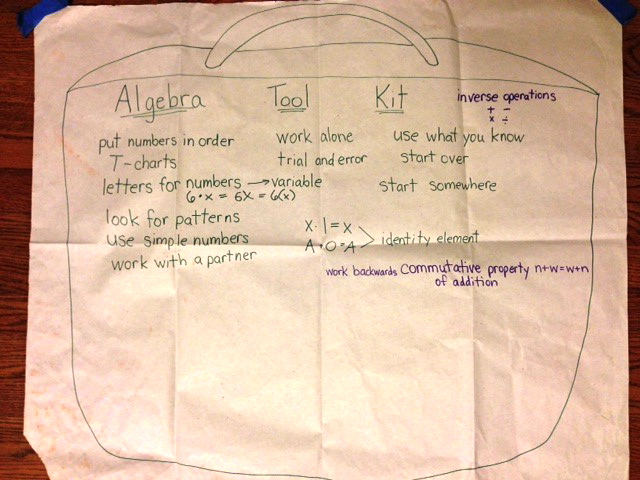
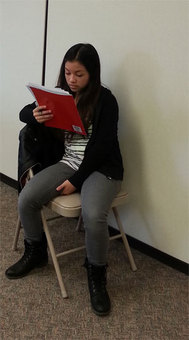
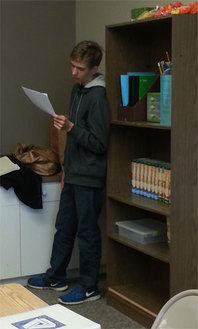
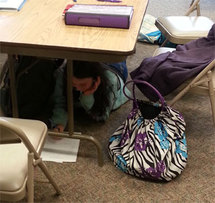
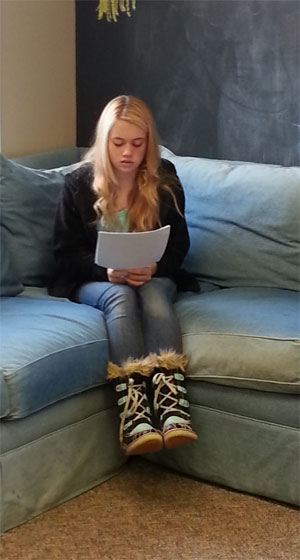
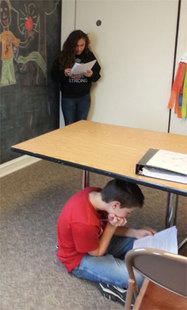
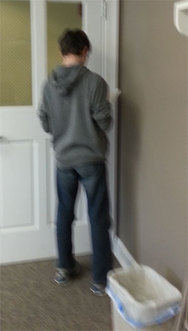
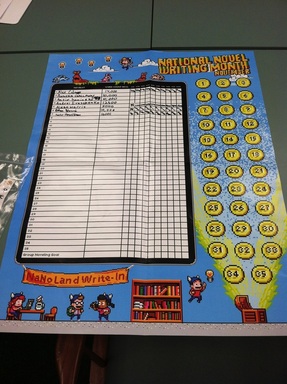
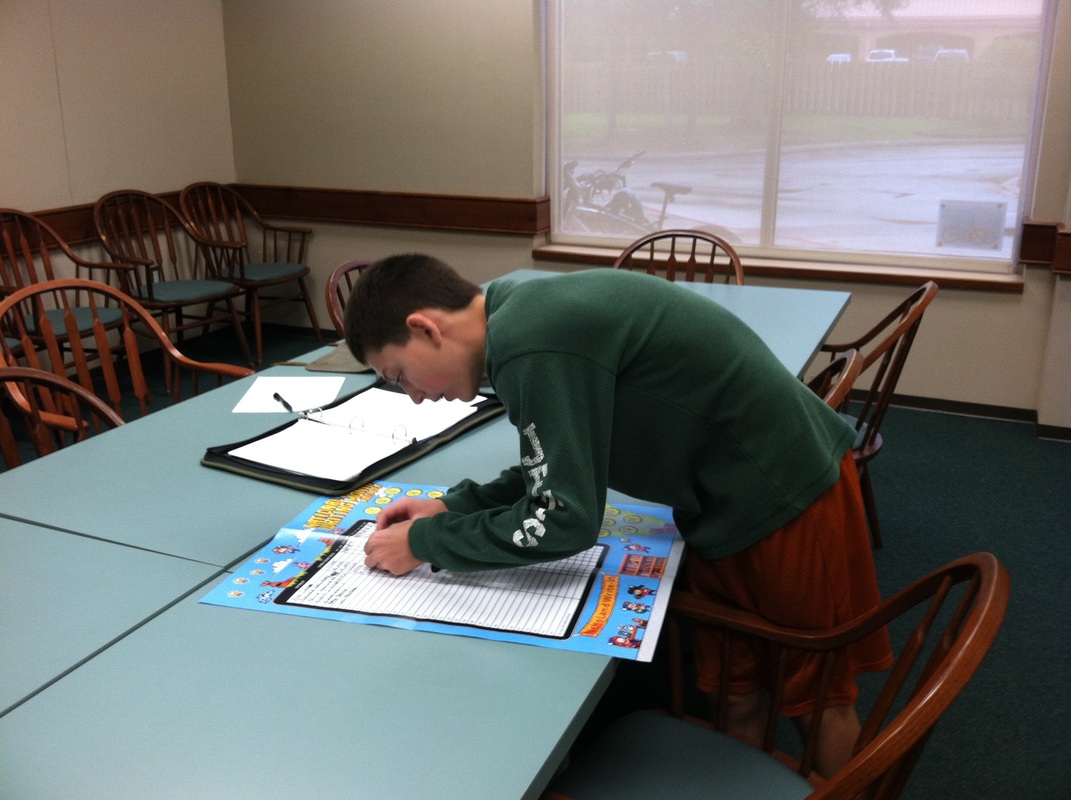
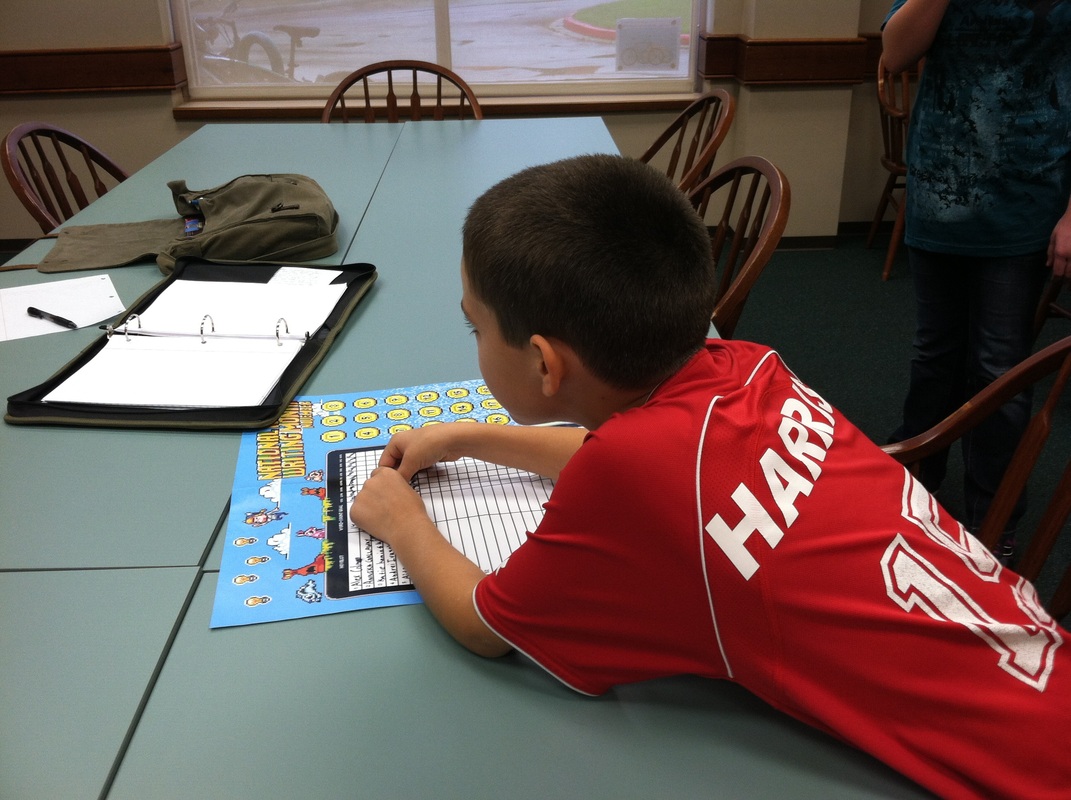
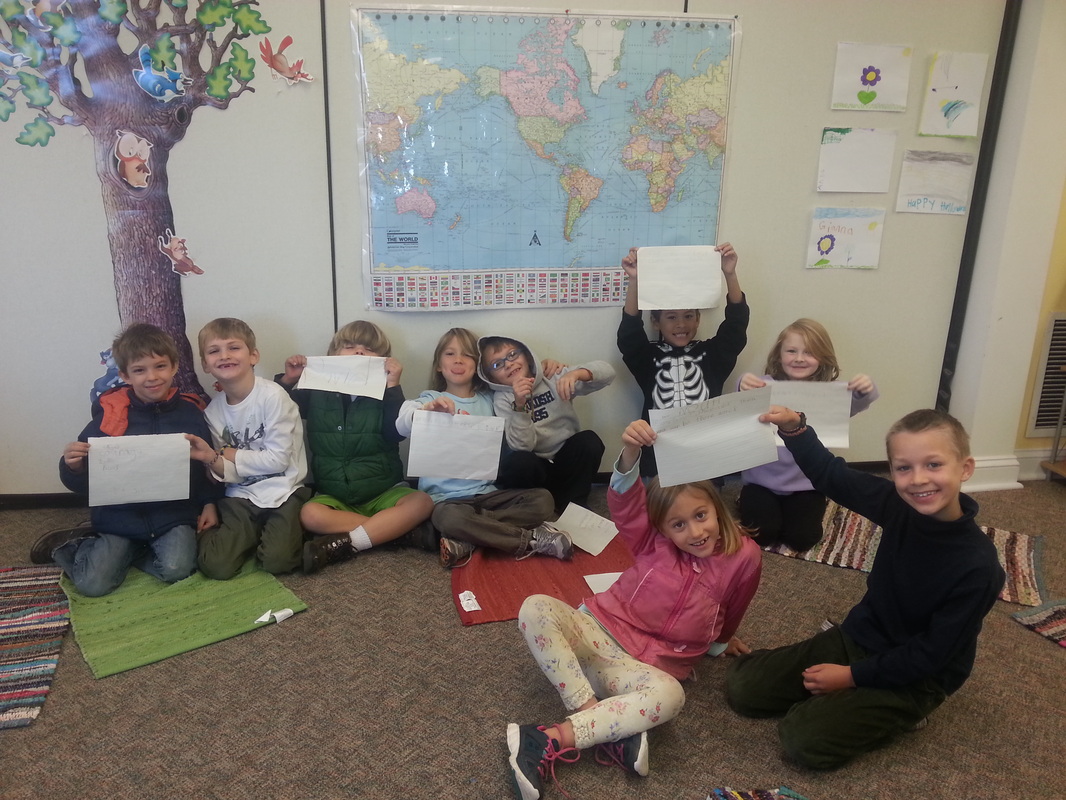
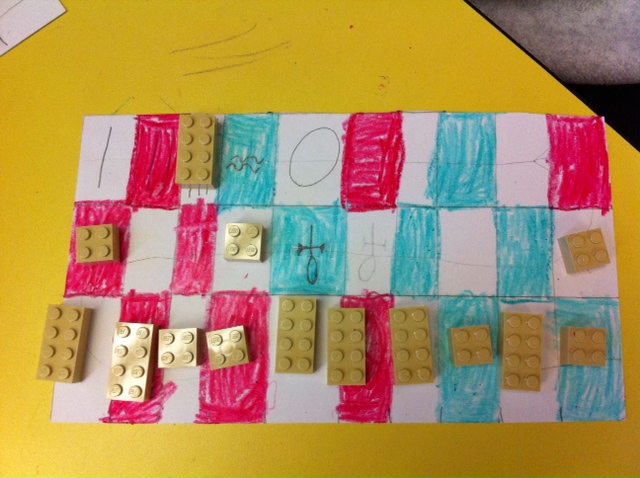
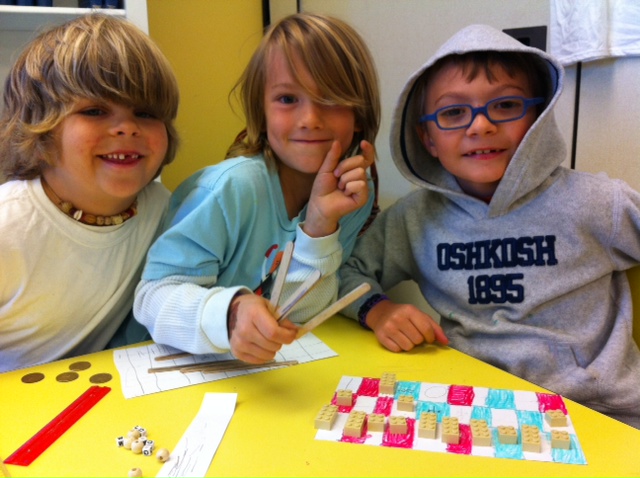
 RSS Feed
RSS Feed